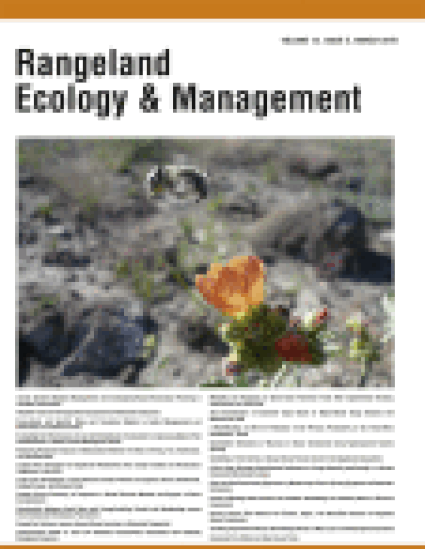
Article
Weather Tools for Retrospective Assessment of Restoration Outcomes
Rangeland Ecology & Management
(2019)
Abstract
Rangeland seeding practices in the Intermountain western United States are predominantly implemented in the year immediately following wildfire for the purposes of Emergency Stabilization and Rehabilitation (ESR). This necessarily links restoration and rehabilitation outcomes to the probability of a single year providing sufficiently favorable microclimatic conditions for desirable plant establishment. Field research studies in rangeland restoration are also typically of limited duration, and published results may not represent the full spectrum of conditions likely to be experienced at a given site. We propose that location-specific and temporal weather analysis may enhance the interpretation of historical planting data, support expanded inferences from short-term field studies, and facilitate meta-analysis of diverse field studies in rangeland restoration. We describe access and use of new databases and tools that can be used to characterize and rank weather and soil-microclimatic variables and suggest some standard graphs and weather metrics to establish a longer-term perspective for the interpretation of rangeland restoration outcomes. Tools of this type may also be useful in the interpretation of a wide range of agricultural and natural resource applications that are driven by similar weather inputs, particularly in arid and semiarid systems that exhibit high annual and seasonal variability in precipitation and temperature.
Disciplines
Publication Date
2019
DOI
https://doi.org/10.1016/j.rama.2018.10.011
Citation Information
Mark W. Brunson. "Weather Tools for Retrospective Assessment of Restoration Outcomes" Rangeland Ecology & Management Vol. 72 Iss. 2 (2019) p. 225 - 229 Available at: http://works.bepress.com/mark_brunson/209/
